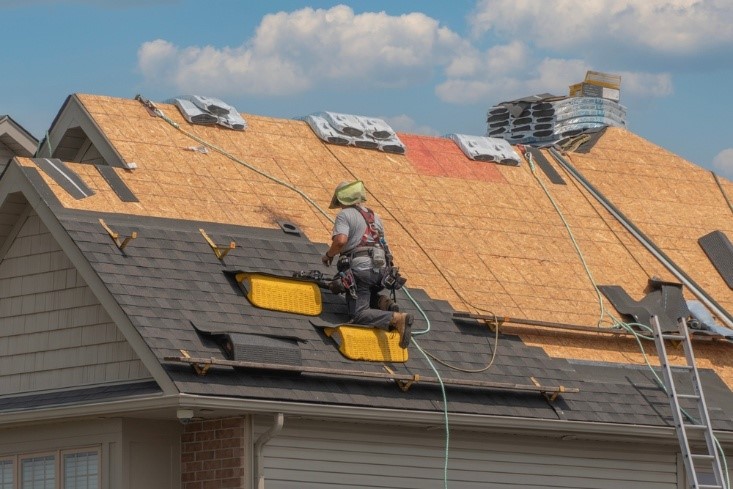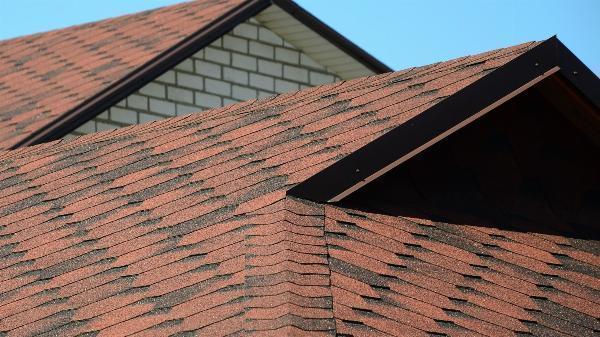Tips for Quick and Effective Emergency Roof Repair in Huntsville!

When a storm rolls through and your roof takes a hit, panic can set in fast. Whether it's flying debris, hail damage, or heavy winds tearing shingles loose, you need a plan — and fast. That’s where emergency roof repair in Huntsville becomes crucial. You don’t have time to wait for a full inspection. You need fast, safe solutions to stop leaks and prevent further damage. Here’s a practical guide packed with real-world tips to help you take control when your roof's in crisis.
Don’t Freak Out — Assess the Damage First
First things first — take a breath. Then take a look. As soon as it’s safe, try to inspect the damage. Look from the ground with binoculars or snap a few pics if you can get a clear view. Don’t climb up there yourself unless you absolutely have to. Wet roofs and loose shingles are a recipe for disaster. Check for missing or broken shingles, sagging areas, or spots where water might be pooling. If water’s already coming into your home, grab a bucket or container and contain the drip.
Stop the Leak — Patch It Up Fast
Leaks wait for no one. If you spot a water entry point, do something quick to minimize damage. You don’t need fancy tools to get started.
Tarp it up: A heavy-duty tarp can be your best friend. Stretch it tightly over the damaged area and weigh it down securely with wood planks or bricks.
Use roofing tape or sealant: Got a minor crack or hole? Quick-drying roofing tape or caulk can hold the line temporarily.
The key is to stop water from pouring in until help arrives or a proper fix can be done.
Watch the Weather Like a Hawk
Bad weather tends to come in waves. So don’t assume one storm is all you’ll face. Stay tuned in to the local forecast. If another round is coming, your quick fix needs to hold out a little longer. It’s smart to reinforce any temporary patch before the next bout of rain or wind hits. If you’re using a tarp, double-check that it’s tightly secured on all sides. Don’t let one gust undo all your hard work.
Call the Pros — But Be Smart About It
Let’s face it — DIY can only go so far. For major damage, call in a professional as soon as you can. But here’s the catch: during a storm crisis, everyone’s phone is ringing off the hook. While you’re waiting, gather proof of the damage. Take photos from multiple angles. Keep notes about when the damage happened. This helps when talking to contractors later — and could also come in handy for insurance claims.
Cover Your Belongings — Inside Matters Too
Sometimes you can’t stop the leak right away. So protect what’s under the roof. Move valuables, electronics, or furniture out of harm’s way. Lay down plastic sheeting or towels to catch water. Use buckets and bowls to catch drips. Keep things dry now so you’re not dealing with a mold problem later. A few extra minutes of effort can save you thousands down the line.
Get Insurance on the Line
If the damage is significant, don’t wait too long to contact your insurance provider. The sooner you file a claim, the better your chances of getting covered. Ask what documentation they need and get the ball rolling. Some providers offer emergency repair assistance or preferred contractor lists. It doesn’t hurt to ask.
Stay Safe — Always
No roof is worth risking your life. If the structure is unstable, steer clear. Leave major repairs to the experts. Electricity and water don’t mix, so if you see sparking wires or flooding, shut the power off and call for help.
If you're located nearby, many of these same tips also apply to anyone needing emergency roof repair in Spring. The key is to act fast, stay safe, and protect your home from further trouble. When you’ve got a solid plan, even the worst roof surprises won’t catch you off guard.
Note: IndiBlogHub features both user-submitted and editorial content. We do not verify third-party contributions. Read our Disclaimer and Privacy Policyfor details.



